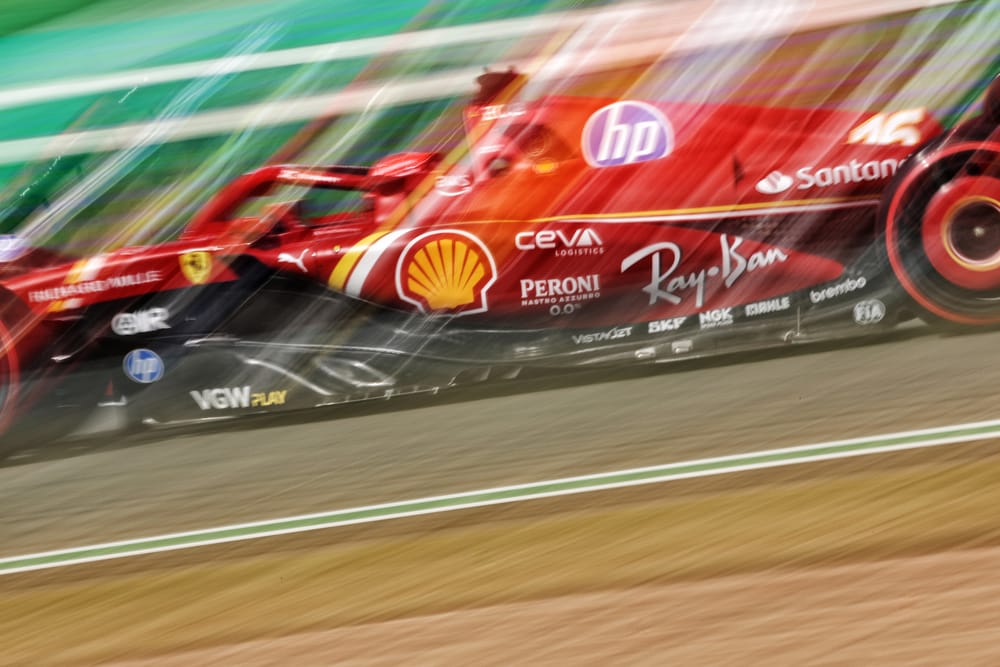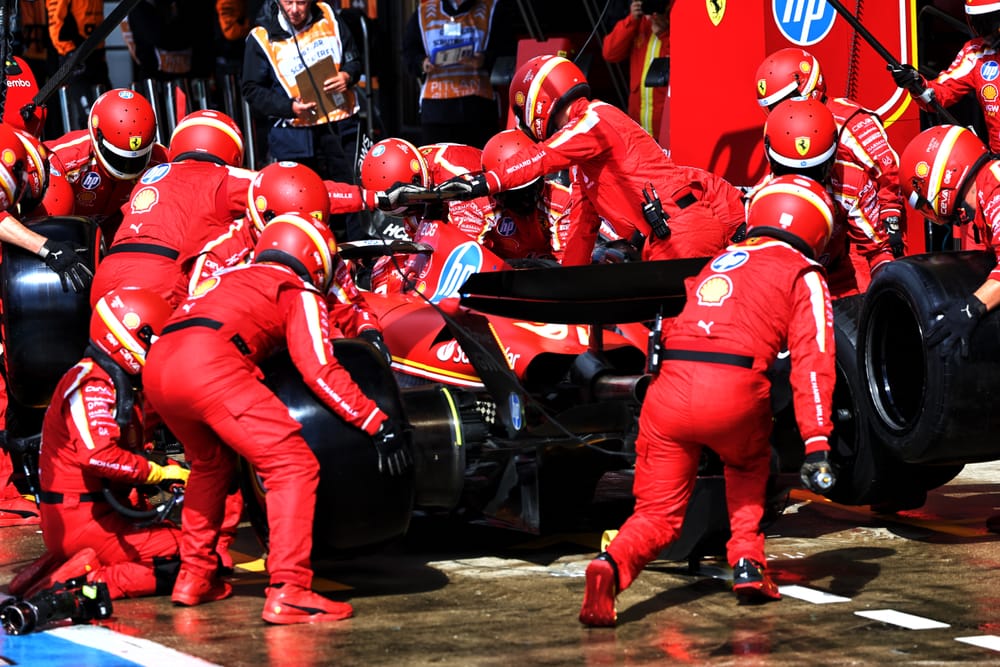Up Next

Charles Leclerc didn’t grasp for positives about Ferrari’s plight after finishing a dismal 11th in the British Grand Prix. “It’s been four races that have been worse than a nightmare,” he said, a verdict backed up by team-mate Carlos Sainz, who added: “It’s clearly not good enough.”
And worst of all for Ferrari, there's no reason to expect an immediate turnaround in the upcoming races.
There are confounding factors, notably Leclerc’s run of four races since his Monaco victory with just one fifth place to show for it since and Ferrari’s dire Canadian GP weekend, but the primary problem is the upgrade introduced for the Spanish GP at the start of F1’s recently-completed triple-header.
This was an evolution of the sidepod and floor upgrade introduced three races earlier at Imola, a more aggressive evolution aimed at running the car that bit lower and therefore produces more downforce. Unfortunately, that brought with it bouncing at high speed that has made Ferrari emphatically the fourth-best of the top teams.
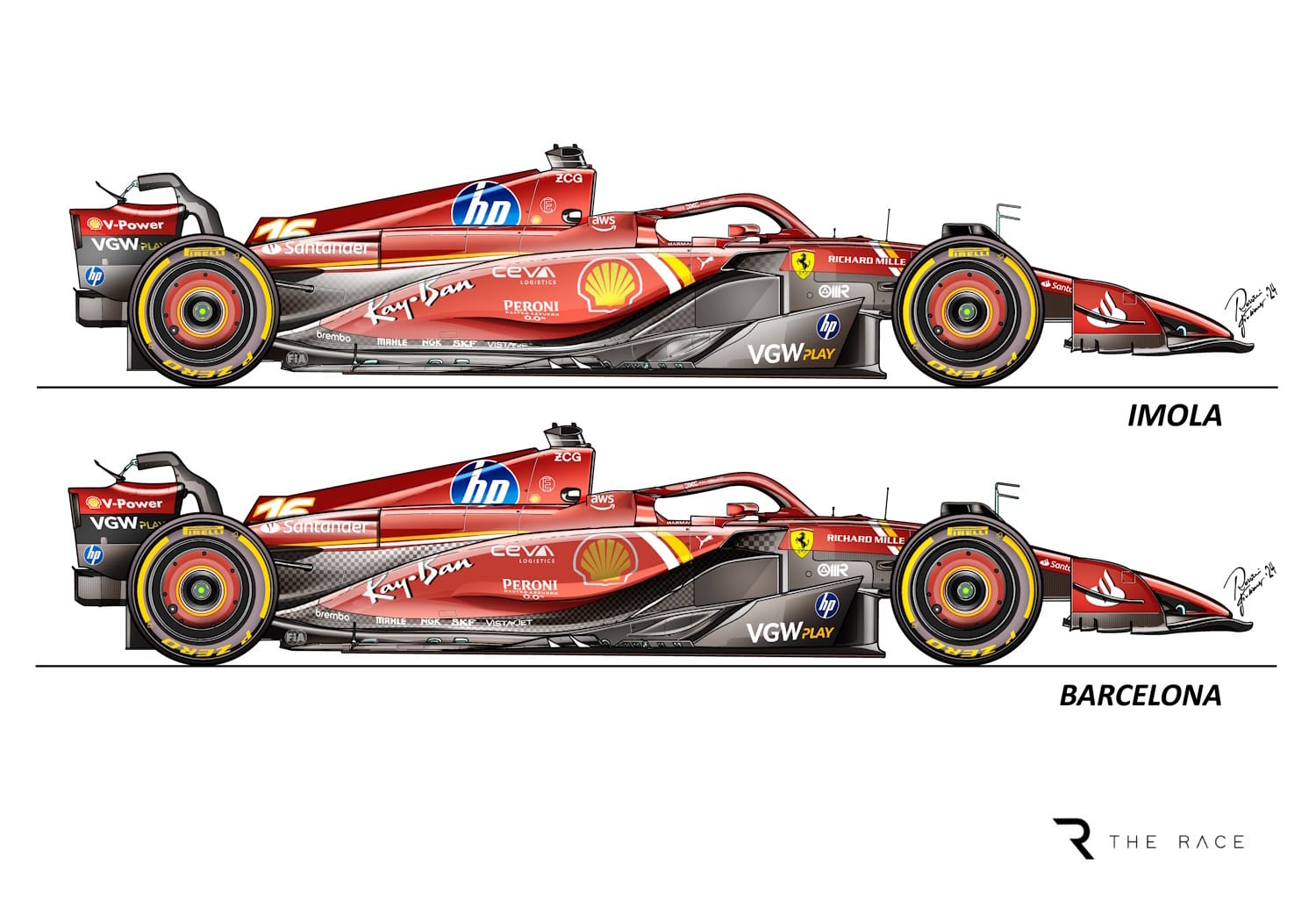
The results reflect that. Sainz has had the better run since the upgrade, finishing sixth in Spain, third in Austria thanks to the late collision between Max Verstappen and Lando Norris, and fifth with fastest lap at Silverstone, but he’s simply making the best of it. Leclerc, by contrast, is perhaps guilty of overreaching a little in search of performance and results that aren’t there.
Team principal Fred Vasseur suggested that played a part in Leclerc’s ill-fated call to pit for intermediates in the British Grand Prix. But he also bore the brunt of Ferrari’s need to experiment as he ran the new package on Friday at Silverstone as part of a comparison across the two specifications before having to revert to the pre-Spain package on Saturday.
“It’s a tricky situation that we are in at the moment,” said Leclerc. “The upgrade brought us the numbers we were expecting, but it also brought us quite a lot of bouncing in the high-speed. And at a track like this we decided it was probably better having a bit less performance but more consistency and I think it was the right choice.
'We’ll analyse the data of the two packages and see if there’s anything we didn’t understand with the new one.”
Leclerc’s statement that the upgrade brought the anticipated numbers might seem contradictory, but it's supported by the fact the car is working well in the lower-speed corners where the car isn’t travelling fast enough to trigger porpoising.
The trouble is that the bouncing is costly, can accelerate the tyre degradation and also force compromises that costs pace elsewhere in the lap.
“The correlation on the downforce is OK,” says Vasseur. “It’s still a question for everybody that sometimes the bouncing is popping up.
“It’s quite difficult to have a correlation [for porpoising] because you don’t have the bouncing in the windtunnel. We have metrics, you can anticipate that you will have more bouncing with this part or another one, but to know if it will have a negative impact on performance, it’s another story.”
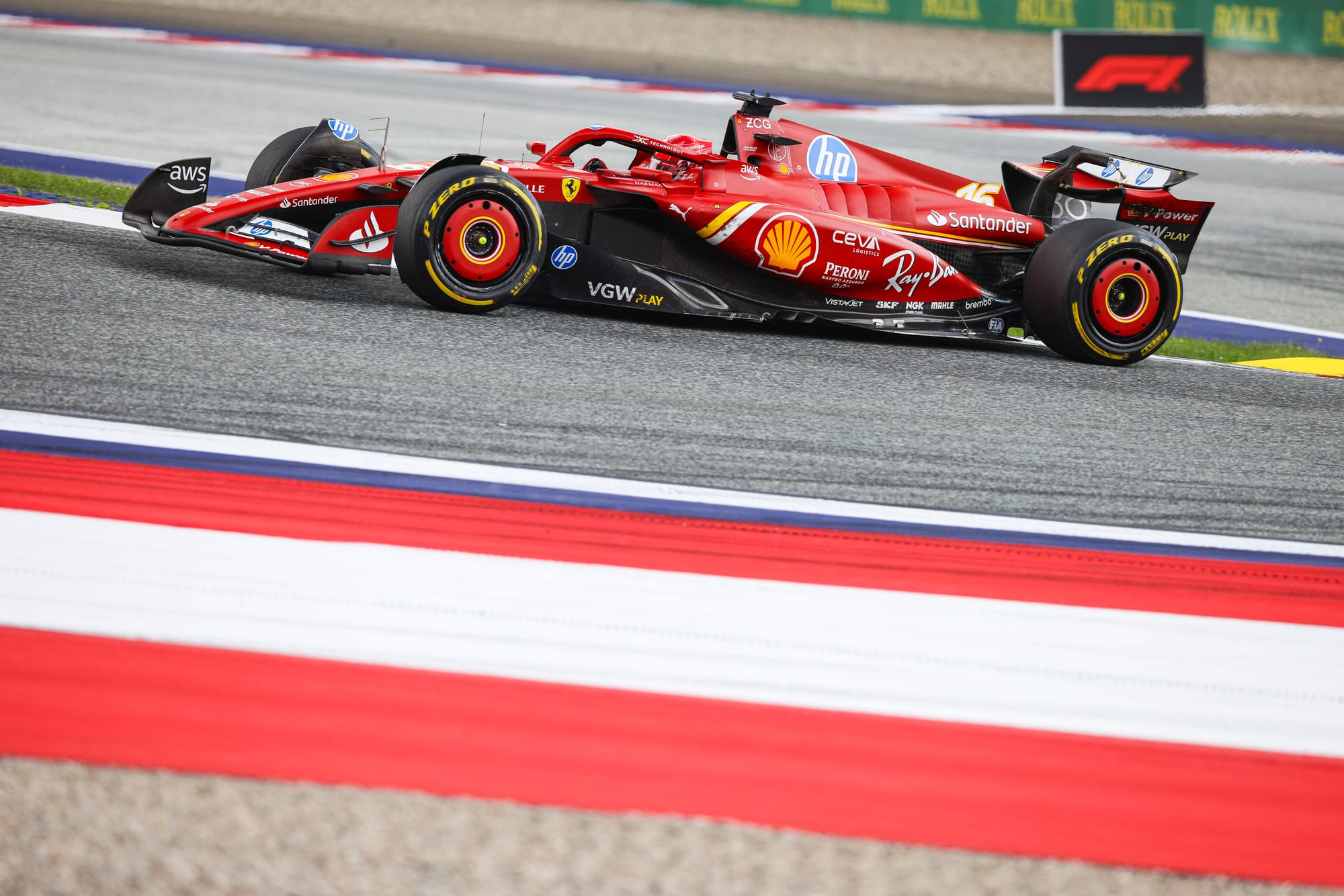
Key to making these cars work is the interaction of the aerodynamic characteristics and the mechanical platform. As the speed builds, so the downforce increases and the risk of porpoising increases, meaning that holding the car in the right ride height window is essential.
This is an area where Ferrari’s rivals - Red Bull, McLaren and now Mercedes - have proved successful. Part of the unseen changes of the Spain upgrade was the lowering of the ‘ceiling’ of the underfloor, suggesting it is pushing the car closer to the ground but without the control to manage that.
However, Vasseur believes this is fundamentally an aerodynamic problem. That’s supported by the fact that Haas performed well at Silverstone with a car that shares the same mechanical platform as Ferrari thanks to the technical partnership between the teams, yet has not found bouncing to be a problem at any point this season.
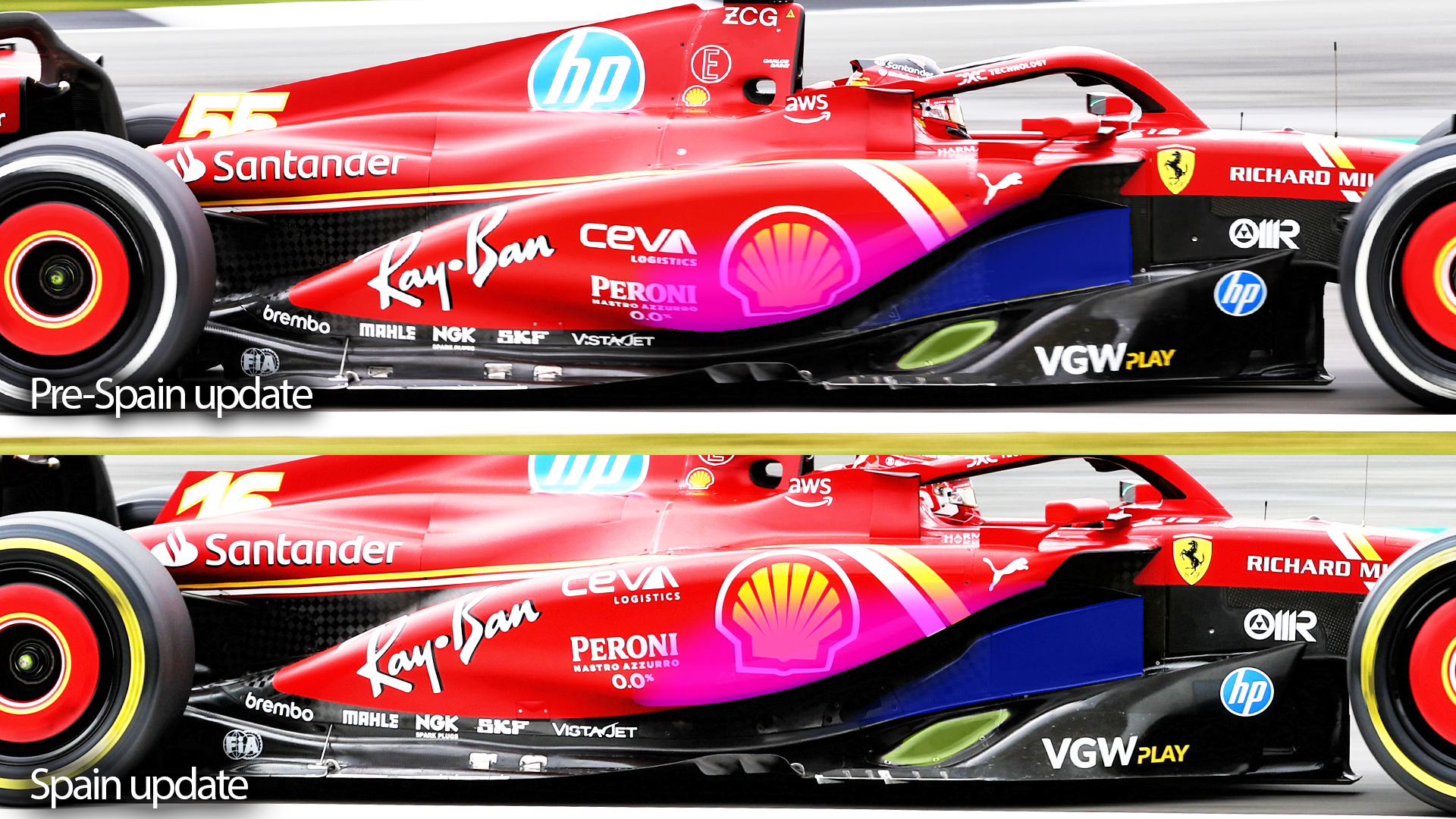
“It is [an aero problem], because we change the aero parts and the bouncing appeared in Spain,” said Vasseur when The Race asked him about the source of the problem.
“To fix it, you have tons of solutions. You have solutions with a compromise on performance, you have solutions without compromise on performance [such as] developing a new package and I think we are there now. We will have to deal perhaps at the next race with the current car and the sooner the better we’ll bring an upgrade with less bouncing.”
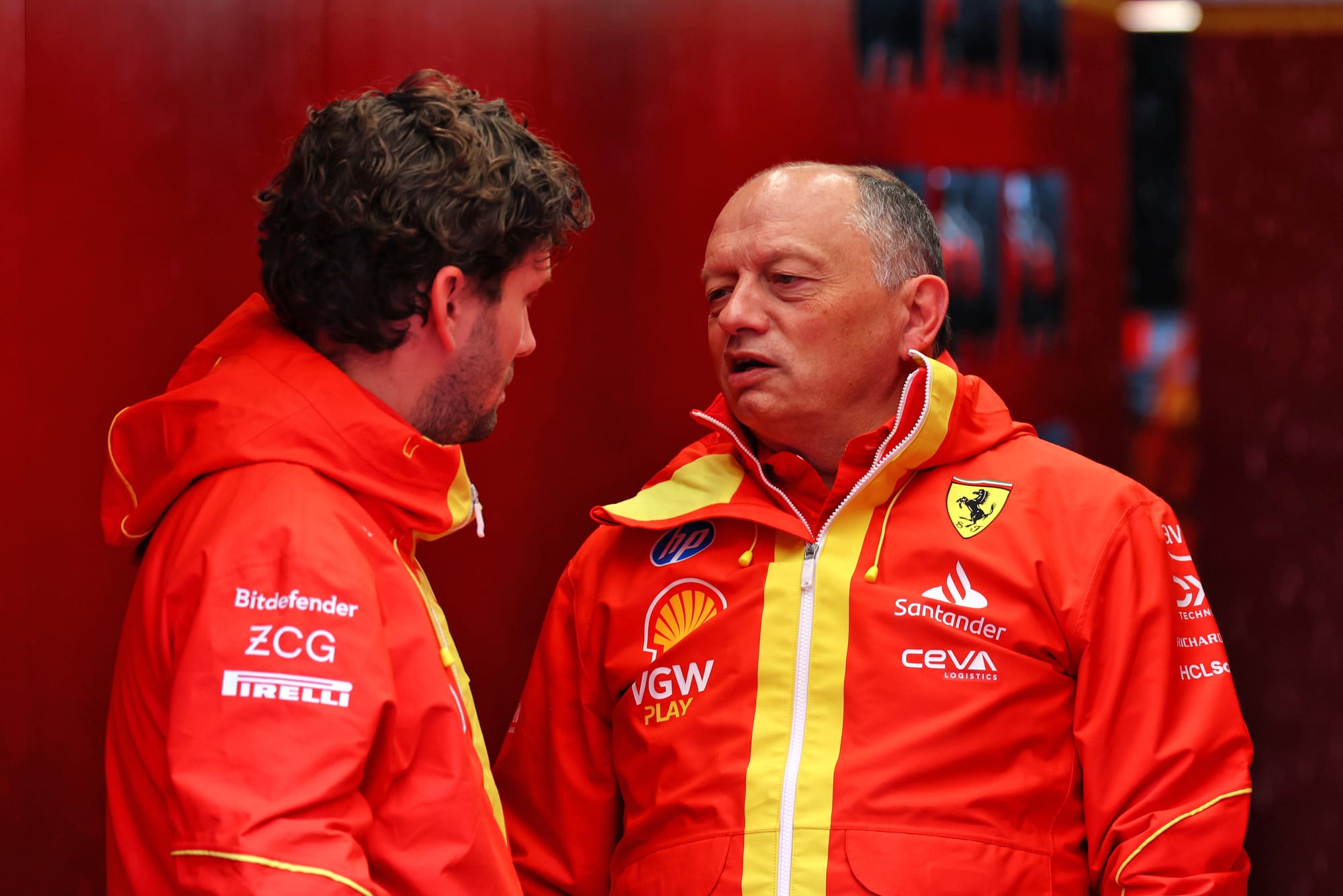
Ferrari hasn’t confirmed its plans but it’s therefore likely the Spain package will reappear in Hungary. It’s possible small tweaks will be made, but a replacement package can be expected after the August break. And while the Hungaroring isn’t as fast as Silverstone, the long corners and a track that has a higher-speed range of corners than the out-of-date perception of it as “Monaco without the walls’ means things likely will be difficult there too.
“Until something better will come, we might need to live with the bouncing force loads [for] peak performance,” said Sainz. “While in high-speed tracks, we might need to run this floor with the old package, not the new ones.”
Vasseur points to last year’s mid-season wobble at a similar time, which led to Zandvoort Friday practice being dedicated to experiments that played a key role in getting the car working better and the subsequent improved form, as proof that Ferrari can work through this.
And it needs to. The clear priority in the short term is understanding the problem to allow it to be eliminated. Successfully doing that could be key to turning around a season that threatens to fizzle out after such a promising start, and setting the team up for what could potentially be a multi-team fight for the title in 2025.


